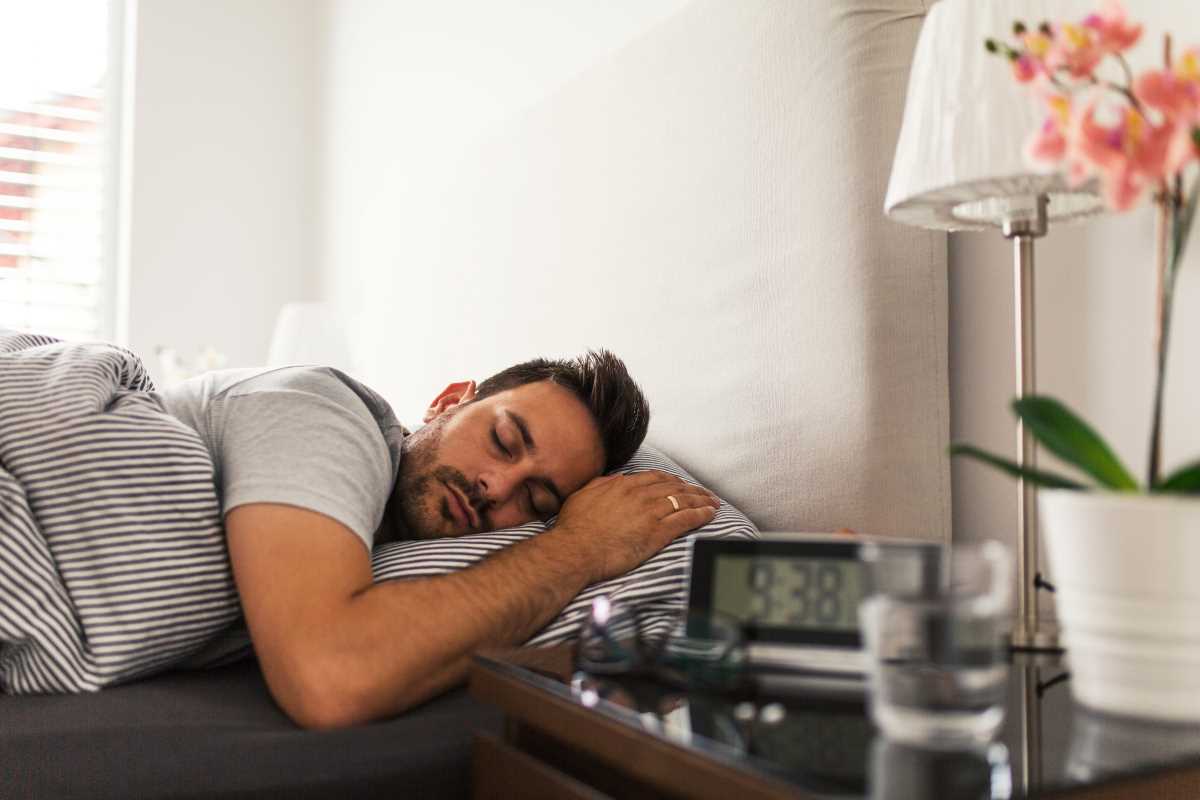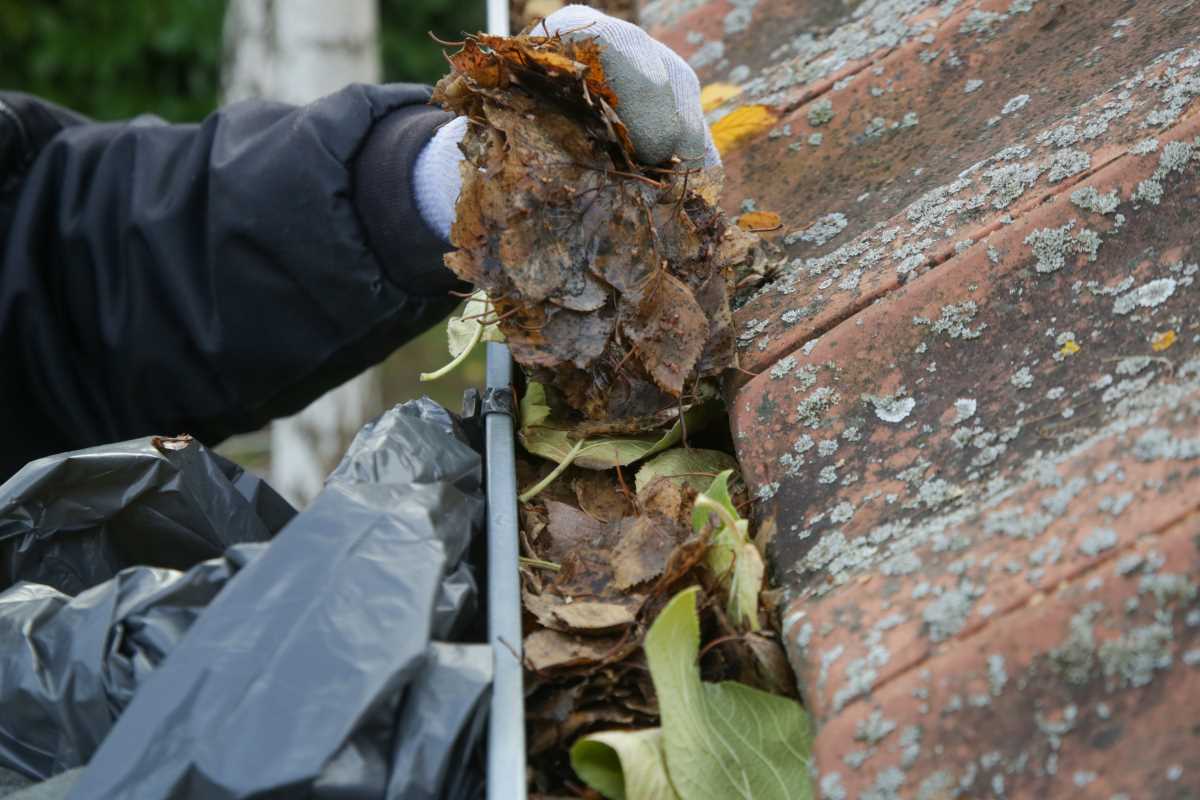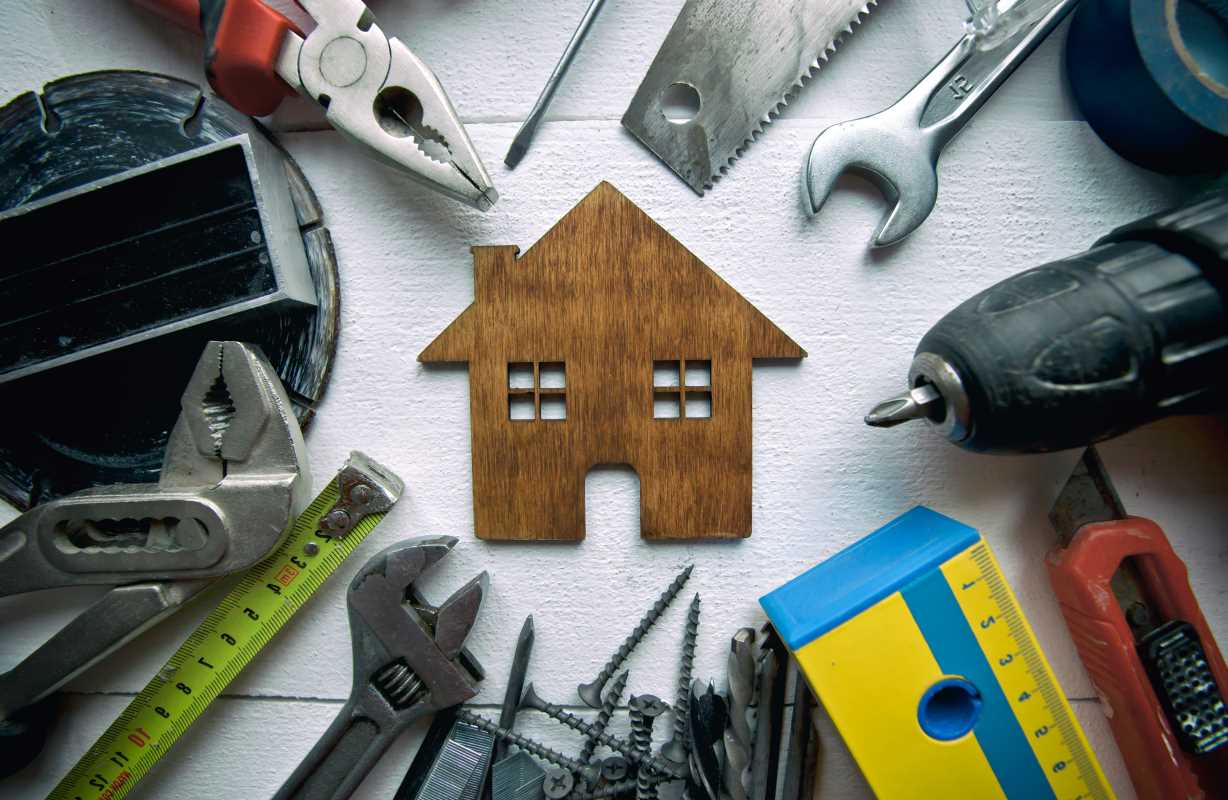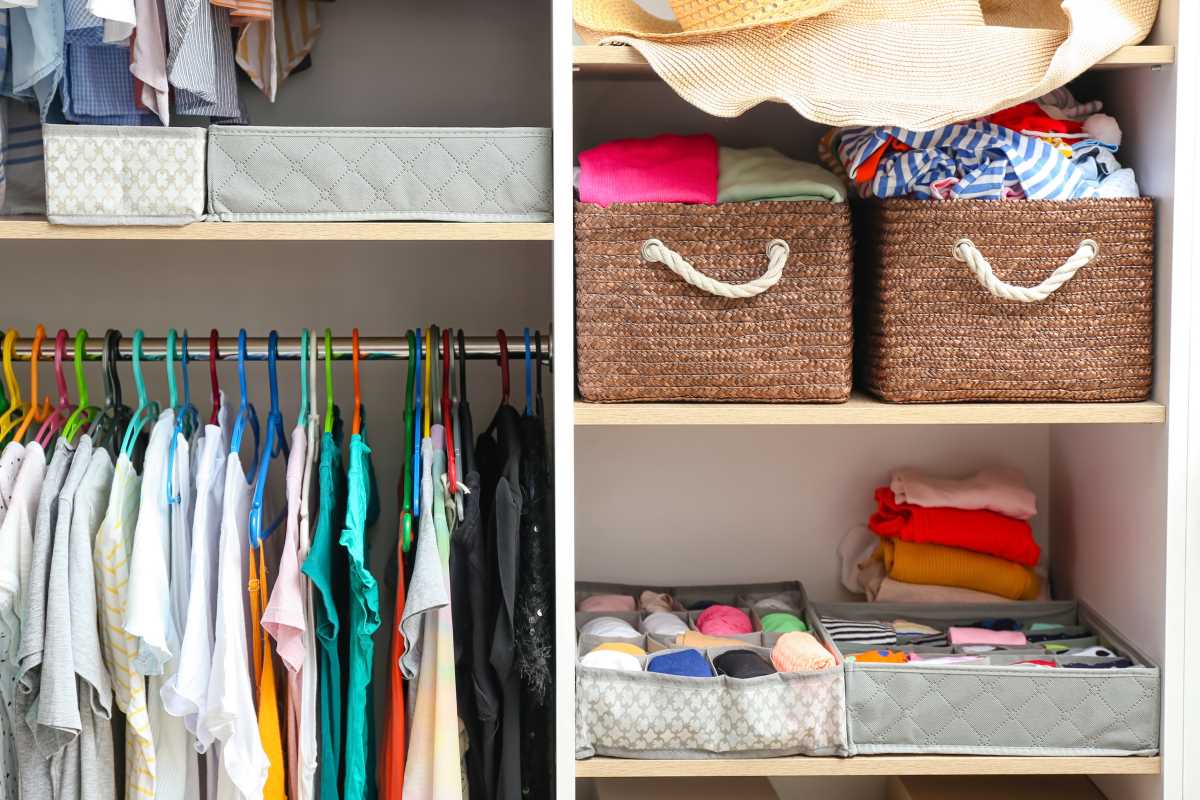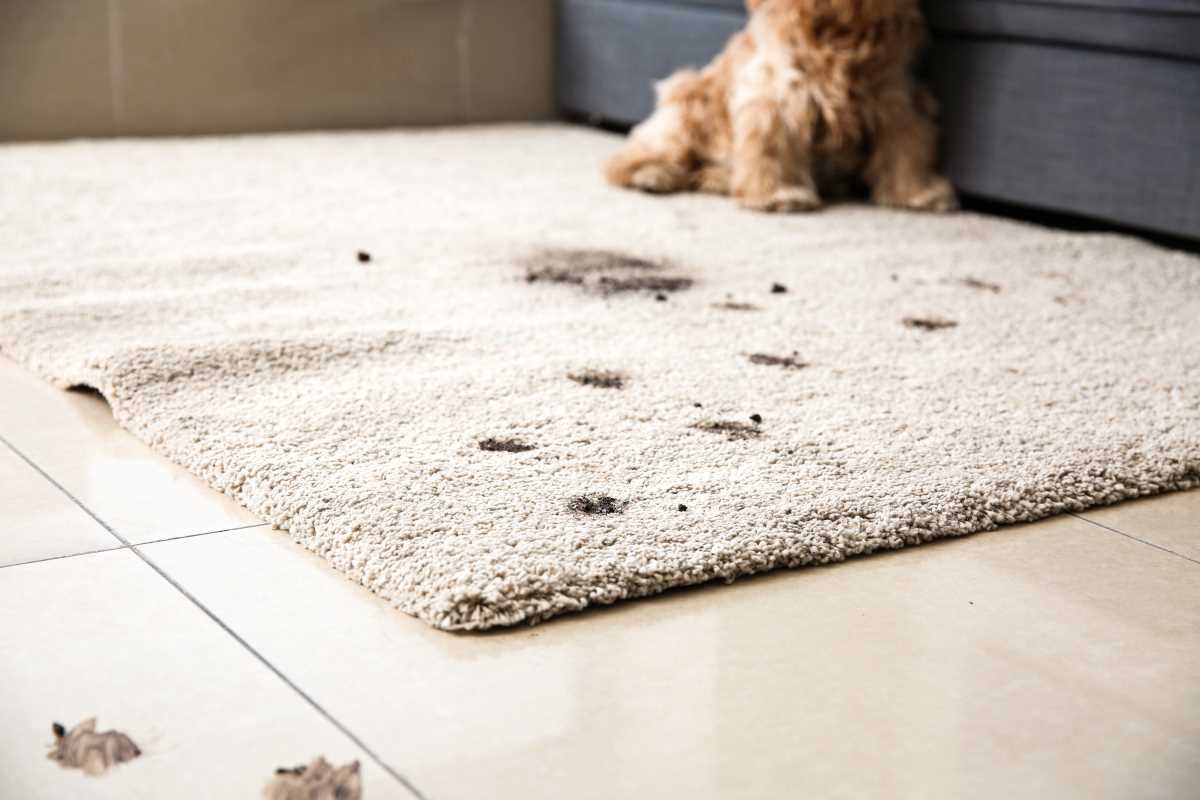We all know that cleaning is part of life. We dutifully scrub the countertops, vacuum the floors, and tidy up the bathrooms. At the end of the day, it feels like we’ve tackled it all. But many of us, even the most vigilant cleaners, are secretly leaving behind some major problem areas. Certain spots in your home get overlooked time and time again, collecting dust, grime, and bacteria without you even realizing it.
The good news? Taking care of these neglected places doesn’t have to be overwhelming. With a little attention and the right techniques, you can give these overlooked areas the love they need to keep your home sparkling clean and healthy. We’ll explore seven spots in your home that might be overdue for some attention, and we’ll share practical tips to help you tackle them.
1. Light Switches and Door Handles
Light switches and door handles may seem insignificant, but they’re some of the most-touched surfaces in any home. Think about it: every time you walk into a room or leave the house, you touch one. Now imagine everyone in your household doing the same. This means these surfaces are prime spots for collecting germs, dirt, and even oils from our hands.
Why It Matters: Studies have shown that high-touch surfaces like these can harbor illness-causing bacteria and viruses if they're not cleaned regularly, which is especially concerning during flu and cold season.
How to Clean Them: All it takes is a few minutes. Grab a disinfectant wipe or a soft cloth sprayed with disinfectant and give each light switch and door handle a quick wipe-down. Be thorough, and don’t forget the less obvious handles, like those on cabinets, drawers, the fridge, oven, and even closets. A weekly cleaning routine is often enough to keep germs in check.
Pro Tip: If sticky residue builds up on handles or switches, follow up with a damp cloth and a gentle soapy solution.
2. Underneath Large Appliances
The area under your refrigerator or oven might be one of the scariest spaces in your home. If you’ve never moved these heavy appliances to look beneath them, you’re in for a surprise. Over time, crumbs, grease, dust bunnies, and even stray utensils or bits of food can collect underneath.
Why It Matters: If left unchecked, these areas can attract pests or start to smell funky. Plus, built-up grime can make your kitchen feel less clean overall.
How to Clean: This job takes a bit more effort, but it’s definitely worth it. Start by unplugging the appliance for safety. If possible, slide the appliance out carefully. Vacuum up what you find (trust us, it’ll be an adventure), and then mop the area to remove any sticky residue.
Pro Tip: Enlist some help to move heavier appliances like refrigerators. Placing furniture sliders underneath the feet can make it easier to move.
Bonus Tip: While you’re at it, don’t forget to clean the sides of your appliances. Use a degreaser or all-purpose cleaner to tackle any buildup.
3. Baseboards
When is the last time you looked closely at your baseboards? They may sit quietly along the edges of your walls, but they collect dust, pet hair, and grime over time, especially in high-traffic areas like hallways and living rooms.
Why It Matters: Clean baseboards can transform the look of a room, making freshly vacuumed carpets or mopped floors look even better.
How to Clean: Start by vacuuming along the baseboards with a brush or crevice attachment to grab loose dust. For a deeper clean, use a damp cloth or sponge dipped in warm, soapy water. Work your way around the room, paying extra attention to corners where dirt loves to hide.
Pro Tip: Use dryer sheets to wipe down baseboards after cleaning. They not only leave a fresh scent but also create a slightly static surface, which helps repel dust in the future.
4. Air Vents and Filters
Your HVAC system keeps your home cool in the summer and cozy in the winter, but it’s easy to forget that it needs regular cleaning to work efficiently. Air vents, duct covers, and filters often get overlooked, but they are notorious for collecting dust and allergenic particles.
Why It Matters: Clogged air filters and grimy vents can circulate dirty air throughout your home, reducing indoor air quality and potentially triggering allergies. Not to mention, it forces your heating and cooling system to work harder, which can increase energy costs.
How to Clean: Start by removing the vent covers and vacuuming them. You can also wash them with warm, soapy water and dry them before reinstallation. Check your HVAC filters too, as these need replacing every 1–3 months depending on factors like the number of residents, pets, or allergens in your home.
Pro Tip: If you want to go the extra mile, consider scheduling a professional duct cleaning every few years. It clears out accumulated dust and debris deep inside the ducts.
5. Ceiling Fans
Ceiling fans are lifesavers on a hot day, but they’re also dust magnets. Over time, a thick layer of dust can form on the tops of the blades, which becomes airborne every time the fan is turned on.
Why It Matters: Besides being unsightly, dusty ceiling fans can aggravate allergies and create poor indoor air quality.
How to Clean: The easiest way to tackle this is with a pillowcase. Just slip it over each blade one at a time and pull it back, trapping dust inside the fabric. Afterward, use a damp cloth to wipe down the fan blades for a thorough clean.
Pro Tip: Place an old sheet or towel on the floor beneath the fan to catch any falling dust. While you’re up there, check nearby light fixtures for cobwebs, too.
6. Remote Controls
Remotes may not take up much space in your home, but they’re a hotbed for germs. We handle them constantly, often while eating or lounging, yet we rarely think to clean them.
Why It Matters: Studies have found that remote controls are among the germiest items in a typical household, especially if they’re in shared spaces or used during mealtimes.
How to Clean: Use an alcohol wipe or a soft cloth dampened with rubbing alcohol to wipe down all the buttons and surfaces of your remotes. Be careful not to oversaturate them, as too much liquid could damage the electronics.
Pro Tip: Don’t limit yourself to TV remotes. Remember to clean gaming controllers, sound system remotes, and other handheld devices.
7. Around and Beneath Furniture
Even if you’re diligent about vacuuming, it’s easy to miss the areas underneath beds, couches, and other furniture. These spots are magnets for dust, pet fur, and crumbs, especially in homes with kids or pets.
Why It Matters: Ignoring these areas can lead to dust buildup, which can contribute to allergies and reduce the overall cleanliness of your home.
How to Clean: Make it a habit to move lightweight furniture like chairs and coffee tables before vacuuming. For bigger pieces that can’t be easily moved, use a long vacuum attachment designed for hard-to-reach areas.
Pro Tip: Consider adding furniture sliders or wheels to heavy items like sofas or beds to make it easier to clean beneath them.
Bonus Tips for a Cleaner, Healthier Home
If you’ve already mastered the list above, here are a few more often-forgotten areas that deserve your attention.
Trash Can Interiors
Even with a liner, trash cans can get surprisingly grimy. Clean them every few weeks with soap and water, then spray them with disinfectant for extra freshness.
Curtains and Blinds
Curtains can collect dust and odors, especially in kitchens or rooms with heavy foot traffic. Wash fabric curtains or vacuum them regularly. For blinds, use a microfiber cloth to dust them, slat by slat.
Mattresses
Mattresses harbor dead skin cells, dust mites, and allergens. Vacuum them using your vacuum’s upholstery attachment, and consider sprinkling baking soda on them for odor control before vacuuming it up.
